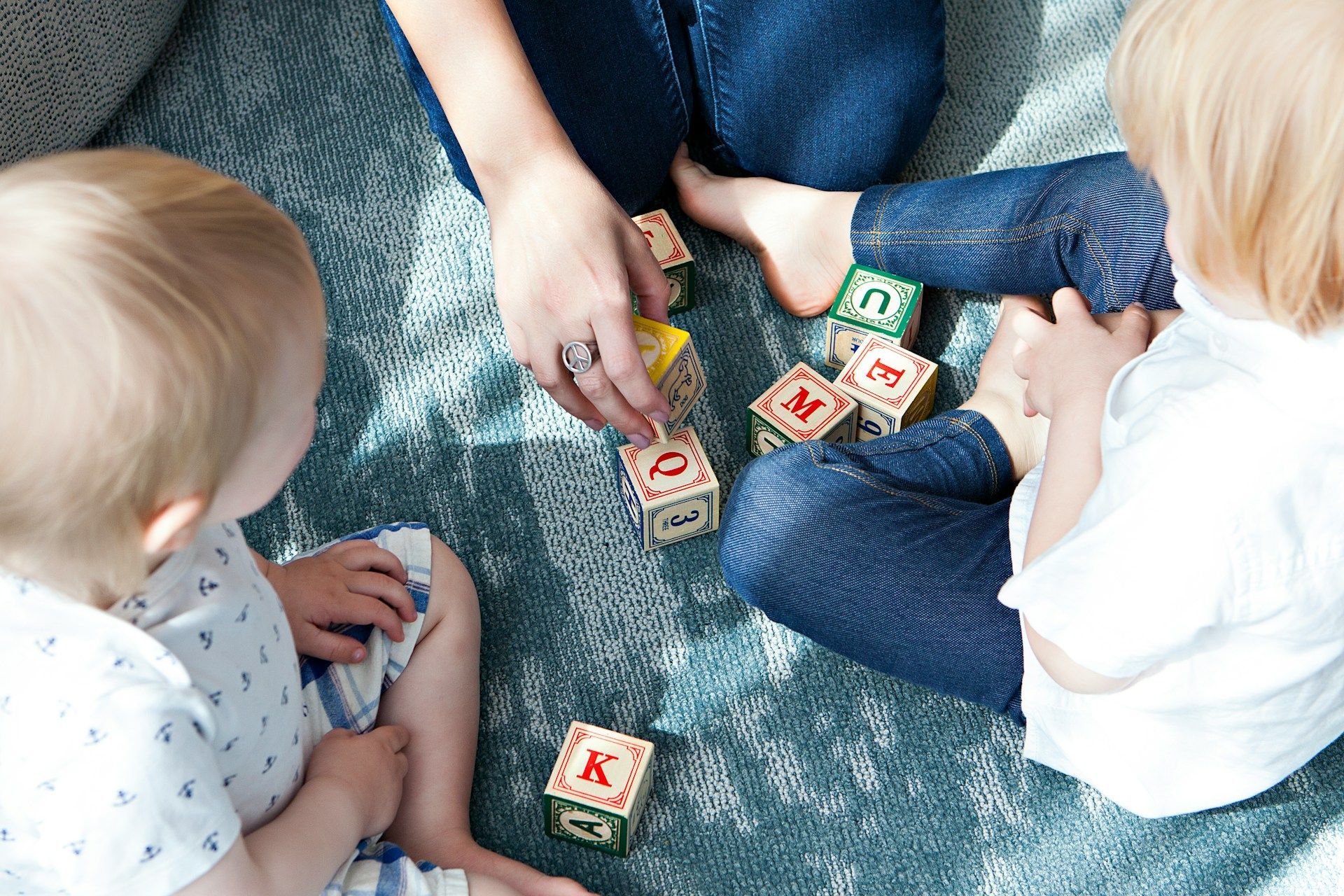Guide to Setting Limits with Your Child
Bareiter Counseling Child Therapist’s First Strategy:

First, ACKNOWLEDGE your child’s feelings. This is the most important step of limit setting. You might need to spend extra time here and make sure you are in a compassionate headspace. Trust me; it will help! For so many kiddos, “no” is a trigger word. Either they shut down, ramp up, or prepare for a battle. Instead, begin your response by helping them feel seen, heard, and understood. Imagine you are holding up a mirror and reflecting their emotion.
- For example, your child might have a hard time transitioning from a preferred activity to a non-preferred activity. They are playing outside, pouting about coming inside, and it is time for dinner.
- Take a moment, and a deep breath, to observe what’s going on for your child. You might start with something like, “Wow! I can tell how much fun you are having out here. You feel disappointed when it’s time to do something different.”
Bareiter Counseling Child Therapist’s Second Strategy:
Second,
COMMUNICATE the limit. Kids crave structure, consistency, and boundaries, even if it doesn’t always seem like it! Appropriate limits are healthy and necessary. It’s important to keep your tone calm and direct with this step. I like to use the word “and” to communicate my limit instead of “but” - - in this way, you can acknowledge feelings while also keeping firm in your boundary.
For example, “Wow, I can tell how much fun you are having out here. You feel disappointed when it’s time to come inside, AND it’s time for us to eat dinner together.
Bareiter Counseling Child Therapist’s Third Strategy:
Third,
TARGET CHOICES.
Choice giving is one of the most powerful parenting tools. Offering just a couple of alternatives you’re comfortable with is a win-win for both you and your child. It provides the opportunity for your kiddo to have some mastery and control they desire. Plus, decision-making will boost their confidence and self-esteem!
For example, “Wow, I can tell how much fun you are having out here. You feel disappointed when it’s time to come inside, AND it’s time for us to eat dinner together. You can choose to bring one thing from the outside inside, or you can choose to take a picture of what your favorite part of being outside was. Which do you prefer?
ACT Limit Setting is one of the specific techniques I use in Child-Centered Play Therapy with children ages 3 to 12. To learn more about Play Therapy and Parent Support with a Registered Play Therapist, please contact us at 704-334-0524.



